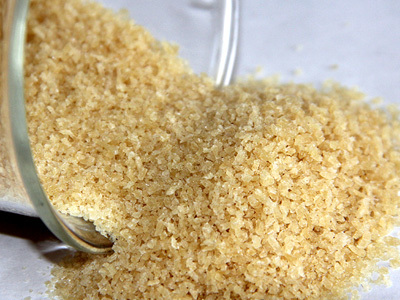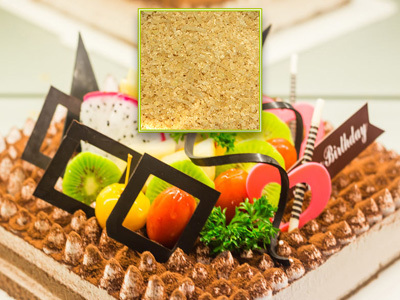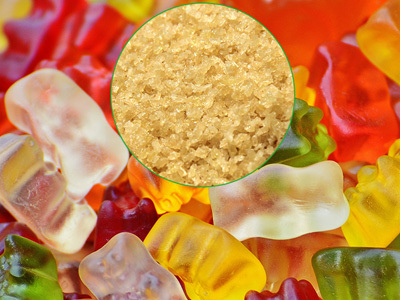What is bone glue?
2023-05-10
Bone glue is a widely used animal-based adhesive material. Because of its bead-like appearance, it is also called bead-like bone glue. Its characteristics are: good adhesion performance, high strength, less moisture, fast drying, good adhesion set, and low price, easy to use, especially suitable for bonding and gluing book cover shell, can get good results. The main component of animal glue is gelatin peptide protein. Its purity is low one
Grade of bone glue
Called bone glue. Bone gum is brittle hard clot solidified body. Collagen is a protein insoluble in water, and after heating and other treatments, it becomes another form of protein called gliadin, which is soluble in hot water and has adhesive properties.
Bone glue is very strong and elastic after the formation of the glue film: but bone glue is not water-resistant, water will make the glue layer expand and lose the adhesive strength: its corrosion resistance is also poor, too high a temperature, too much humidity will cause changes.
①It is used as bonding bone glue for bonding pencil, sand cloth, sand paper, etc. and gluing woodwork, bookbinding, etc.
②It is used in printing plate making and metal nameplate and badge making. Bone glue solution with dichromate, coated on the metal surface after drying, exposure can be formed after the insoluble thin layer, the part that is covered and not exposed can still be dissolved in water and washed away, so that etching can be used to make printing plates and other products. It can also be used for screen printing.
③It is used as an additive for plating. Adding a small amount of bone gum to the plating solution can make the surface of the plating bright.
④It can be used as sizing agent for paper and textile industry. After applying bone glue on straw hat, then treat with formaldehyde, it is not easy to deform and can be waterproof.
⑤ It can be used as coagulant. Bone gum is a kind of animal glue, is a chain-like natural polymer material, the main component is protein, its molecular weight is between 3000 ~ 80000, can be dissolved in water, added to the water mainly by adsorption bridge to promote the destabilization of colloidal particles gathered. Bone gum can be used with aluminum salt or iron salt to obtain good coagulation effect. Nanjing Water Company in China used bone gum as coagulant with ferric chloride in 1966 and obtained good treatment effect.
Aggregate rolled to an average size of 1 ~ 8cm pieces, with benzene, petroleum ether and other organic solvents for the extraction of bone oil, so that the fat content of the aggregate to less than 1%, generally 0.3 ~ 0.5% or so, and then in a drum so that the aggregates rub against each other, in order to make the surface of the residual meat and tendons, such as separation. And then loaded into the bleaching tank, add water and pass into the sulfur dioxide gas. Sulfur dioxide dissolves in water to produce sulfurous acid, which has a bleaching effect in addition to sterilization and acid treatment. Sulfur dioxide makes some of the calcium phosphate in the aggregate transformed into calcium dihydrogen phosphate and dissolved in water, which can make the bone loose and easy to extract with water. This process is commonly known as smoked bone in some production companies. After sulfur dioxide treatment and water washing is sent to the extraction. Extraction is carried out at a pressure of about 0.25 MPa, so the temperature is high. The extractor is generally in a group of 6 to 8, and the extracting liquid is regularly flowed in the reverse direction from tank to tank. The extraction solution is extracted from the newly charged extractor is concentrated. The extract is filtered and then evaporated and concentrated to about 50%. After adding appropriate preservatives and cooling to form a gel, it is dried to become bone gum When using bone gum, the bone gum is first soaked in water of equal or slightly more volume (with hot water) for about 10 hours to soften the gum block, and then heated to about 75°C to make it a gum solution ready for use. The ratio of glue to water should be according to the required viscosity, such as more water and low viscosity and thin: less water and high viscosity and thick. The temperature of the glue should not be too high when the glue is hot, the temperature is more than 100℃ and the viscosity will drop due to the degradation of molecules and the glue will age and deteriorate. Bone glue has a trace of precipitation in use, so it should be used while adding water well for the necessary stirring to adjust the viscosity and fluidity. The hot glue must be heated in a bath, never use the storage container for direct heating.
Bone glue should be kept at a certain temperature before it can be used, so when water is added in use, the temperature of the added water and the glue should be basically the same, and cold water should not be added. Because the bone glue to maintain a certain temperature (75 ℃ ± 10 ℃), after adding cold water, the temperature of the glue plummet will appear condensation lumps, and affect the bonding effect. When using bone glue coating speed should be fast and even, do not dip too much glue at a time to cause uneven glue layer, penetration of joint sticky leakage problems.
Bone glue,drying
Related information
Advantages of industrial gelatin
2023-05-10
What to do with gelatin clumping
2022-02-21
What are the factors affecting the viscosity of additive gelatin
2022-02-21






